ABA’s Jeff Greteman Testifies Before House Subcommittee on Rural Transportation Challenges
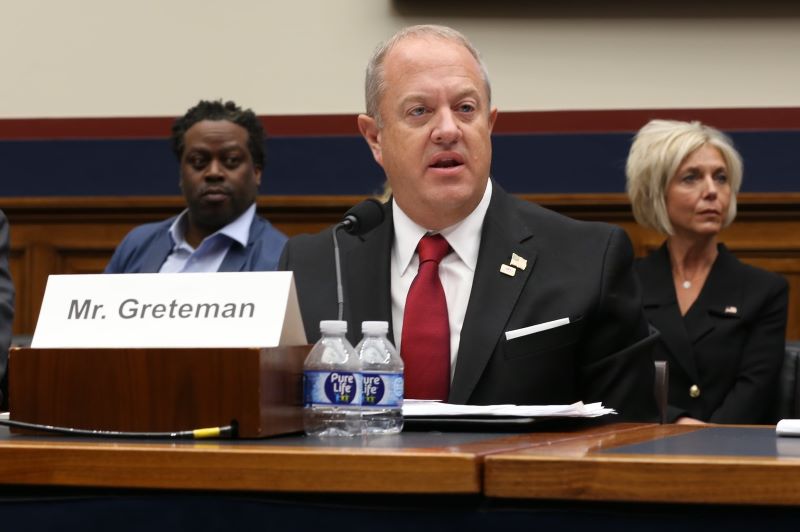
If rural bus services are to survive long term, there needs to be greater recognition of the critical role we play in the national transportation network and the very real challenges we are facing.
Jeff Greteman, President, Windstar Lines, Inc
On March 21, 2024, Windstar Lines President and ABA Board member Jeff Greteman appeared before the Subcommittee on Highways and Transit of the Committee on Transportation and Infrastructure for a hearing entitled “Rural Transportation Challenges: Stakeholder Perspectives.”
Also invited to testify were Mike Koles, Executive Director, Wisconsin Towns Association, Todd Morrow, Executive Director, Island Transit, and Scott VanderWal, National Vice President, American Farm Bureau Federation.
Greteman shared with the committee the current obstacles facing rural communities in connecting with the broader national transportation system, including driver shortages, limited CDL testing and training, deteriorating roadways, and diminishing intermodal hubs. He also answered questions from various subcommittee members on other topics, including the New York City plan for congestion tolling and the difficulty of recruiting CDL drivers in rural areas.
In his opening remarks, Greteman stated that “[p]rivate bus operators, both charter operators like Windstar and scheduled service operators play a critical role in the system, ensuring rural communities have access to vital services, educational and job opportunities and connections to the broader national transportation network in a safe, cost-effective, environmentally friendly manner.” He also noted that rural operators continually grapple with staffing shortages and regulatory complexities.
He shared with the Committee that challenges abound for the industry, from dwindling access to vital facilities and restrictive zoning regulations to outdated federal programs like the 5311(f) initiative, which fail to keep pace with modern business costs. That initiative, however, puts “bus operators who participate in the program at increased risk of abandoning these routes or face going out of business,” Greteman stated. “These issues put a strain on rural operators.”
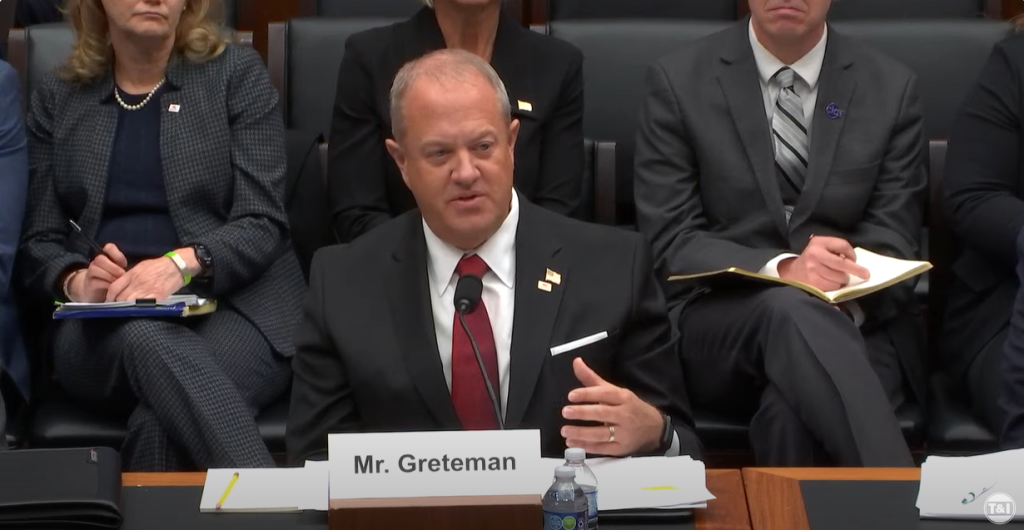
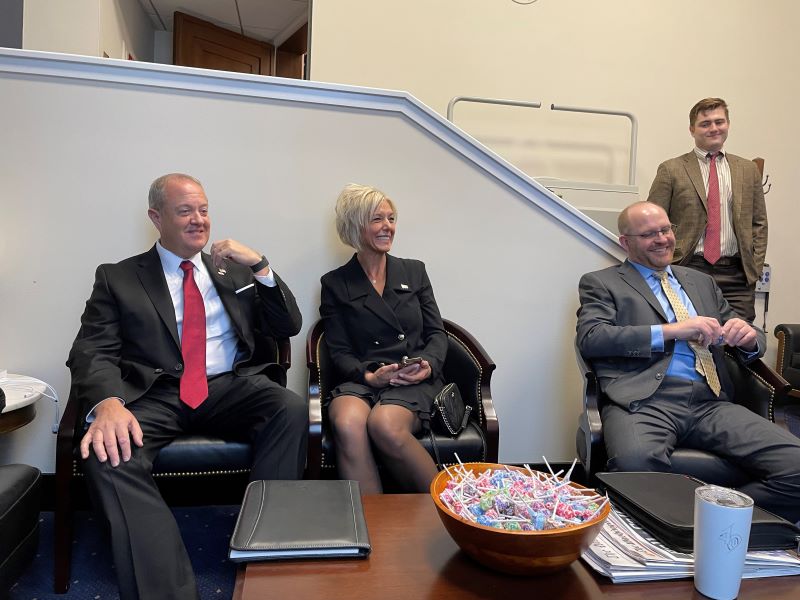
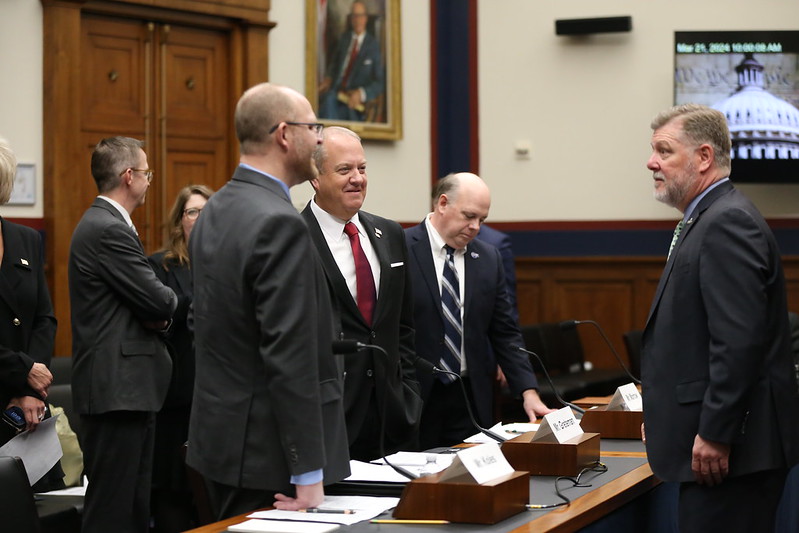
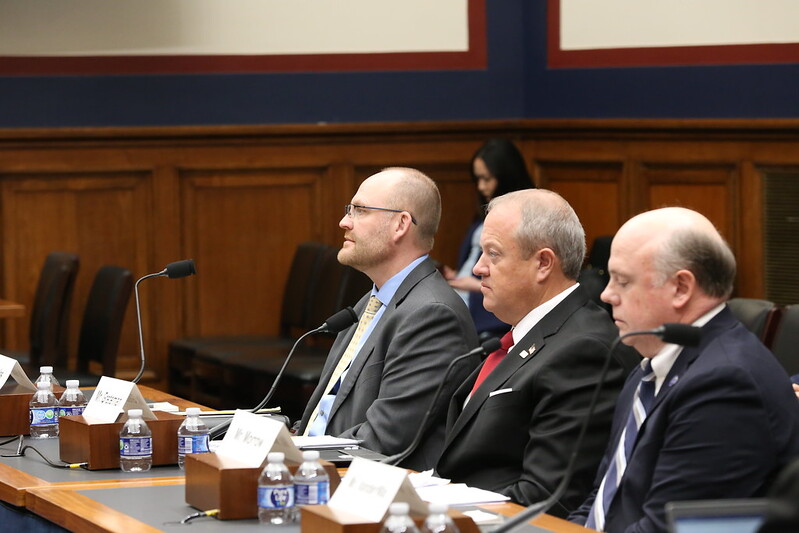
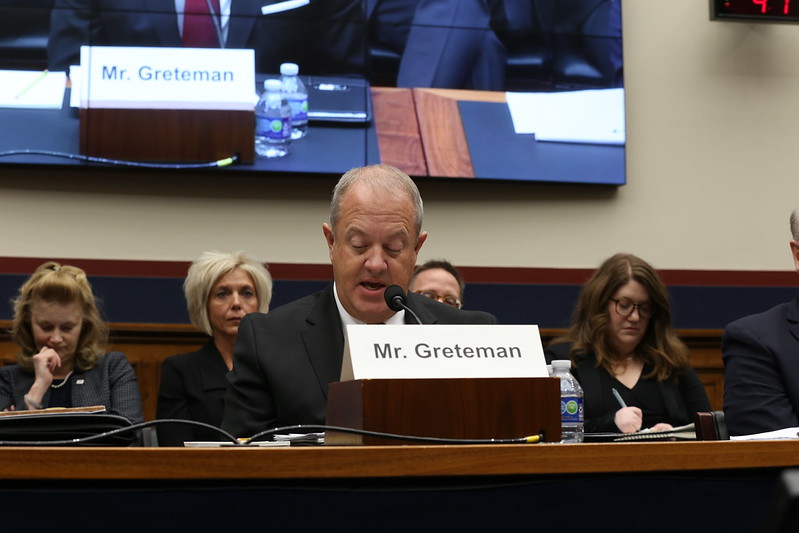
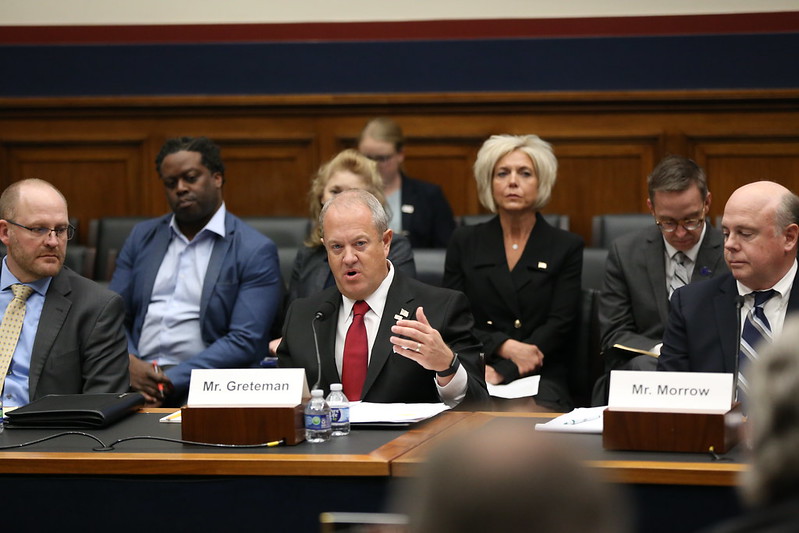

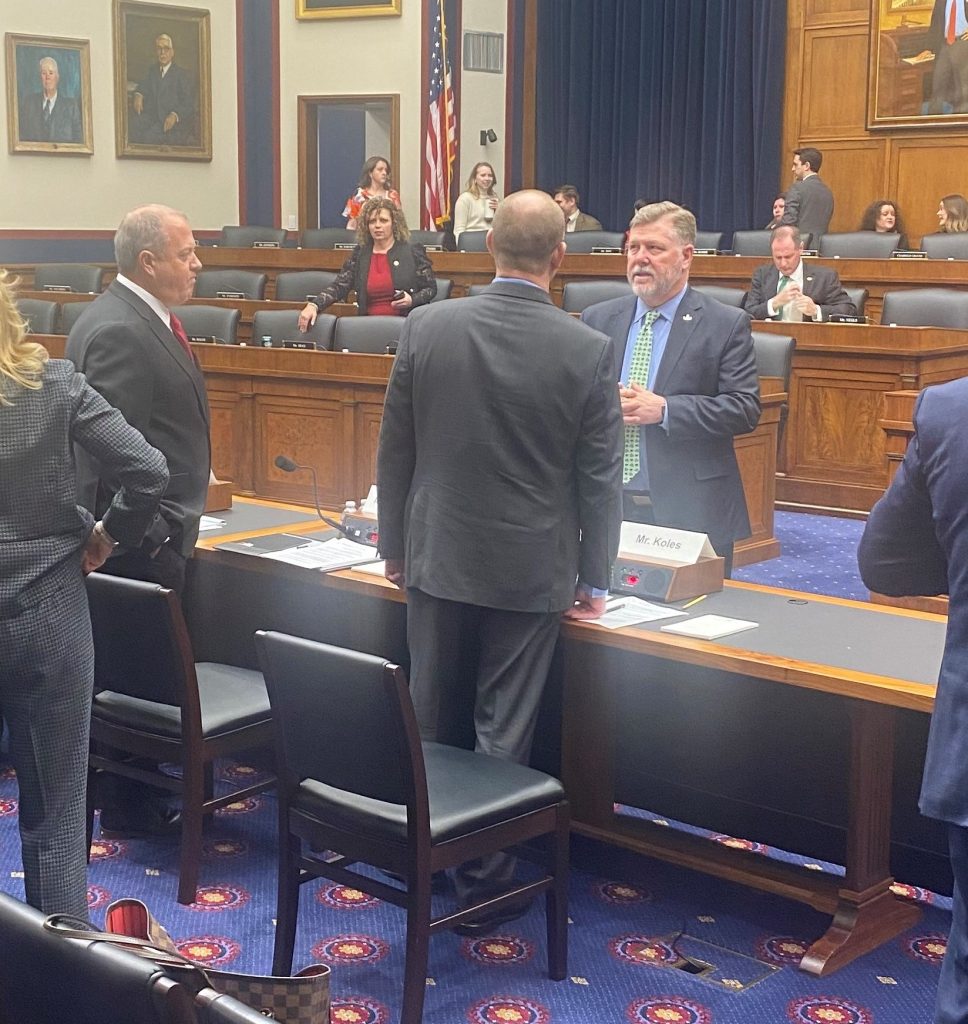
Greteman also shared several of the challenges currently facing the bus industry as a whole: the lack of qualified CDL drivers, the patchwork of hours of service regulations and the lack of a national standard, and the unrealistic push to get commercial motor vehicle owners to shift to zero-emission vehicles, which faces a huge cost and short deadline. Unlike transit and school bus industries, private bus operators receive insufficient funding, jeopardizing their viability.
“If rural bus services are to survive long term, there needs to be greater recognition of the critical role we play in the national transportation network and the very real challenges we are facing,” Greteman concluded.
After the opening remarks, the Subcommittee asked the invited witnesses various questions.
Subcommittee Chairman Rick Crawford (R-AR) asked Greteman regarding the Federal Highway Administration’s final rule to create a greenhouse gas performance measure. This rule will force state departments of transportation and metropolitan planning organizations to set declining targets for carbon dioxide emissions.
“Because the greenhouse gas performance measures apply a one-size-fits-all to both rural and urban communities, it just doesn’t make sense for certain communities to have bike lanes, to have subways, to have heavy transit in rural Iowa, rural Arkansas, Western Nebraska,” said Greteman. “When you start influencing state officials on how they can spend their revenue, it leads to — it just seems like a recipe for disaster. And reducing greenhouse gas is important, but it needs to be done in a fiscally sensible way.”
Chairman Crawford then asked for elaboration regarding the importance of having one federal standard for companies engaging in interstate commerce, specifically to the meal-and-rest break provisions.
“Not only would this create operational inefficiencies for our company, it creates operational inefficiencies for every single company that operates in interstate commerce,” said Greteman. “How would the DOT Hours of Service rules apply which state regulations would supersede?” He also raised questions on which states’ rules would apply for various interstate routes and how electronic logging devices would accommodate differing state regulations. “Right now, the Federal Motor Carrier Safety Regulations, they work. We have a uniform safety scheme that works great for the United States travel and having a patchwork of different state provisions would just be an utter failure in progress of moving goods, services and people across the United States.”
Later in the hearing, Representative Thomas H. Kean, Jr. (R-NJ) asked for Greteman’s impressions on the New York City Central Business District Tolling Program, often referred to as a congestion toll. “How do you think this congestion pricing plan will impact the price of a school field trip and how will it affect ABA members operating these routes?”
“[T]he bus is inherently reducing congestion, whether it’s private or public. The fact that private buses are having to pay the tax and public buses are not doesn’t make sense,” said Greteman. “At the end of the day, it’s not necessarily about reducing congestion. It feels more like a tax.”
The congressman then inquired about intercity bus operators’ difficulties accessing transit centers for passenger pickups and drop-offs. Greteman responded, “If the intercity bus station, in some scenarios, is in a non-desirable or it’s in an industrial area where there’s poor access, it makes riding intercity buses less attractive and less convenient. And what it ends up doing is not allowing certain members of the traveling public to be able to get to the bus station to get to where they need to go.”
At the end of the hearing, Representative Anthony D’Esposito (R-NY) returned to the NYC congestion tolling plan: “Can you talk about how adding cost … would affect the American Bus Association members in the New York tri-state area?”
“It’s extra costs that are really no more than a tax. You know, motorcoaches, buses, they’re already removing cars from the road. Each motorcoach can remove up to 56 cars from the road. And so we’re already doing our part to reduce congestion,” responded Greteman. He reiterated how the plan penalizes private operators, forcing them to “pay the bill” for the NYC Mass Transit Authority’s budget shortfalls.
The congressman then asked Greteman to monetize how much it would cost annually if the plan went into effect. “I can’t give you an estimate on that,” Greteman replied. “but for the operators in New York, in New Jersey, it’s in the millions, millions of dollars.”
Visit the Subcommittee’s website for more information about the hearing, to view it in its entirety, and read a transcript of everyone’s opening remarks.

